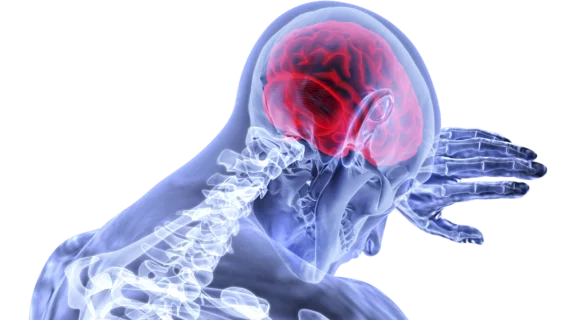Emergency patients diagnosed with transient ischemic attack are supposed to receive, per multiple society guidelines, a complete imaging workup as soon as possible—preferably within 48 hours of ED discharge.
New national research shows more than two-thirds of TIA patients and, by extension, their treating clinicians, failing to follow through even within 30 days, the maximum recommended window.
The most concerning risk after TIA, also known as “mini-stroke,” is a subsequent damaging stroke.
The American Heart Association, American Stroke Association, American College of Radiology and other medical societies call for the ASAP workup protocol in published guidelines, note the authors of the newly published study, which was conducted at University of Colorado Hospital in Aurora and posted online June 17 in JACR.
To estimate the nationwide rate of guideline adherence, corresponding author Vincent Timpone, MD, and colleagues analyzed Medicare records from more than 6,300 consecutive TIA encounters in emergency departments over a two-year period.
Defining complete TIA imaging as inclusive of cross-sectional brain, brain-vascular and neck-vascular imaging—either brain MRI or brain CT, plus head and neck CTA, head and neck MRI or carotid ultrasound—the team found 60% of patients (n = 3,804) received the full imaging complement while in the ED.
However, of 2,542 patients discharged from the ED with incomplete TIA imaging, just 29.9% (761 patients) followed through within the 30-day window.
‘Modifiable Risk Factors for Stroke May Be Underdiagnosed and Undertreated’
“Without a complete neuroimaging assessment, modifiable risk factors for stroke may be underdiagnosed and undertreated, potentially placing patients with TIA at increased risk for future stroke,” Timpone and co-authors underscore.
In their discussion the team notes a lack of clarity regarding the underlying causes of delayed, incomplete and never performed TIA imaging workup after ED discharge. They surmise contributing factors likely include limited access to imaging services at nearby EDs and outpatient imaging centers, provider unfamiliarity with imaging guidelines, shortages of primary care providers to monitor guideline follow-through, poor communication at ED discharge and patient disregard of discharge instructions.
Additionally, some providers may discharge patients “under a false sense of security after negative results on a single head CT examination, which is the most common ED neuroimaging workup in TIA and also one of the least diagnostically useful because of the limited sensitivity of CT for the detection of infarct, while omitting brain and cervical vessel imaging needed to detect vascular pathology that may have prompted the TIA episode.”
‘Preferably Change Is Implemented with a Focus on Patient Autonomy’
Another key finding from the Timpone et al. study: The population subgroups least likely to receive complete TIA imaging within 30 days were Black patients and patients aged 85 and older.
From the authors’ discussion section:
Although efforts to provide equitable access to imaging in the TIA population are important, it is also important to be mindful of medical paternalism that may accompany such efforts. Preferably change is implemented with a focus on patient autonomy, as we cannot assume that all patients want this care. Efforts to promote autonomy and shared decision making with patients are particularly important in the elderly population, in which paternalistic physician-patient relationships are more prevalent.”
Timpone and colleagues call for additional research to verify or refute a link between incomplete TIA imaging and subsequent stroke, and to uncover addressable root causes of TIA imaging disparities.
More Coverage of Stroke Imaging:
FDA warns providers about potential misuse of imaging-based software for stroke triage
VA telestroke program prevents unnecessary hospital transfers and improves rural outcomes
Disparities evident as CT stroke imaging rises sharply over 7-year period
Reference:
- Vincent Timpone, Premal Trivedi, et al., “Lost to Follow-Up: A Nationwide Analysis of Patients With Transient Ischemic Attack Discharged From Emergency Departments With Incomplete Imaging.” Journal of the American College of Radiology, June 17, 2022. DOI: https://doi.org/10.1016/j.jacr.2022.05.018

